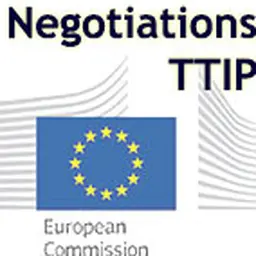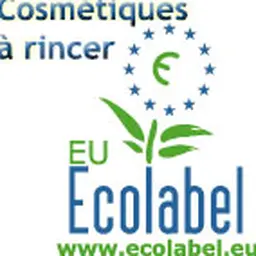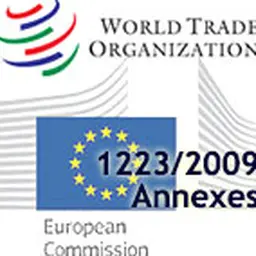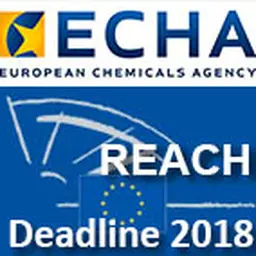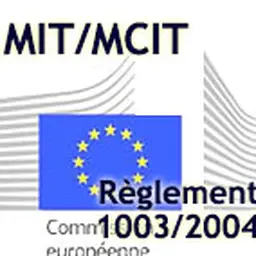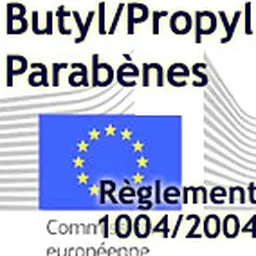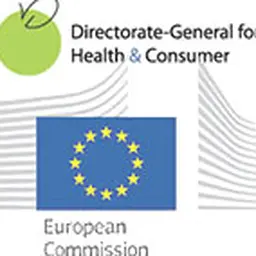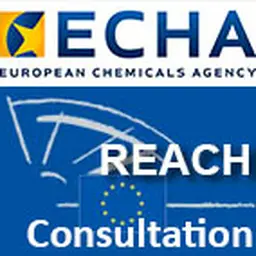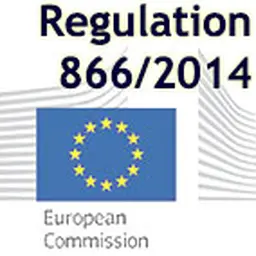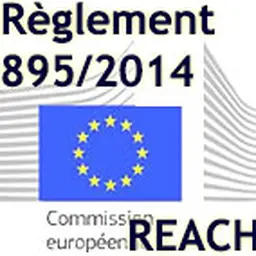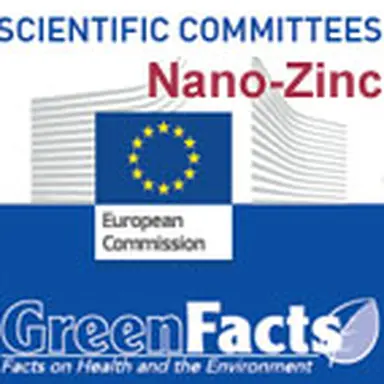
Nanoparticles are the topic of the moment, even in the cosmetic world. They raise concerns and lead to recurrent controversies, especially those based on zinc oxide, used in sunscreens. The issues they raise led the European Commission to publish a document that contains pieces of information, useful to the consumers. This, to address - officially - the problem.
This document is based on the scientific opinion “Zinc oxide (nano form)” adopted on September 18 2012 by the independent European Scientific Committee on Consumer Safety (SCCS).
Zinc oxide is a white powder which is widely used in a variety of applications. One of these is in cosmetic products as a UV filter as well as a cosmetic colorant. It is generally considered to be safe for use, in good part because it does not get into the body. The zinc oxide particles are sometimes coated with another cosmetic ingredient in order to change how they look or how they react in a mixture. New technologies have recently allowed the use of nanosized zinc oxide particles. The question here is whether zinc oxide “nanoparticles” used in sunscreens (at a concentration of up to 25%) are different to conventional zinc oxide in terms of physical and chemical properties and toxicity.
What is a ’Nano particle” or a “Nanoform”?
A so-called “nano particle” refer to materials and components that have at least one dimension in the size range 1-100 nanometer (one nanometer is one billionth of a meter). The fact that these particles are in the same size scale as the cells …



